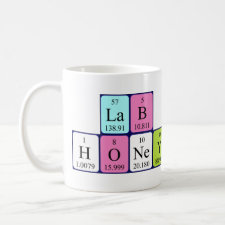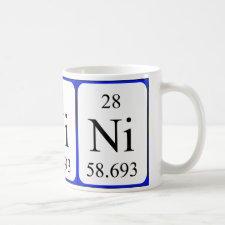
Authors: Islam A, Javed H, Chauhan A, Ahmad I, Rais S
Article Title: Triethylenetetramine-Grafted Magnetite Graphene Oxide-Based Surface-Imprinted Polymer for the Adsorption of Ni(II) in Food Samples.
Publication date: 2021
Journal: Journal of Chemical & Engineering Data
Volume: 66
Issue: (1)
Page numbers: 456-465.
DOI: 10.1021/acs.jced.0c00751
Abstract: In this work, a hydrophilic sandwich-like graphene oxide (GO) ion-imprinted polymer (IIP) was synthesized via the surface imprinting technique to develop a dispersive magnetic solid-phase extraction method for the preconcentration of Ni(II) by flame atomic absorption spectrometry (FAAS). In this imprinted polymer, allyl-rich amines (monomer) and ethylene glycol dimethacrylate (EGDMA) (cross-linker) act as platforms for Ni(II) recognition. Most importantly, the influence of other transition metals as well as alkali/alkaline earth metals in the samples was evaluated to compare the imprinting effect between IIP and nonimprinted polymer (NIP) as a control. The IIP for Ni(II) in a binary mixture provides >99% recovery with a good selectivity coefficient, whereas NIP could not recognize a specific metal ion from competitive ions due to the absence of imprinting effect. Moreover, the introduced specific binding sites with complementary shapes and sizes for Ni(II) recognition in IIP exhibited high adsorption capacity as compared to NIP and fast chemical kinetics with a pseudo-second-order model. The ease of separation from aqueous solutions by an external magnet is facilitated due to embedded Fe3O4 nanoparticles. By utilizing nonlinearized isotherm modeling, two-parameter models (Langmuir, Freundlich, and Dubinin-Radushkevich) and three-parameter models (Redlich-Peterson and Sips) were analyzed with error analysis (reduced χ2, residual root-mean-square error (RMSE), and sum squares error (SSE)). Additionally, the structural modifications of GO were examined by Fourier-transform infrared (FTIR) spectroscopy, X-ray diffraction (XRD), scanning electron microscopy (SEM), transmission electron microscopy (TEM), thermogravimetric analysis (TGA), and atomic force microscopy (AFM). No significant difference was found in FTIR spectra of IIP and NIP. Accuracy was presented by SRM and recovery studies. The synthesized sorbent possesses high recognition ability even after seven regeneration cycles, illustrating potential applications for Ni(II) determination in various food and water samples
Template and target information: nickel ion, Ni(II)



Join the Society for Molecular Imprinting

New items RSS feed
Sign-up for e-mail updates:
Choose between receiving an occasional newsletter or more frequent e-mail alerts.
Click here to go to the sign-up page.
Is your name elemental or peptidic? Enter your name and find out by clicking either of the buttons below!
Other products you may like:
 MIPdatabase
MIPdatabase









